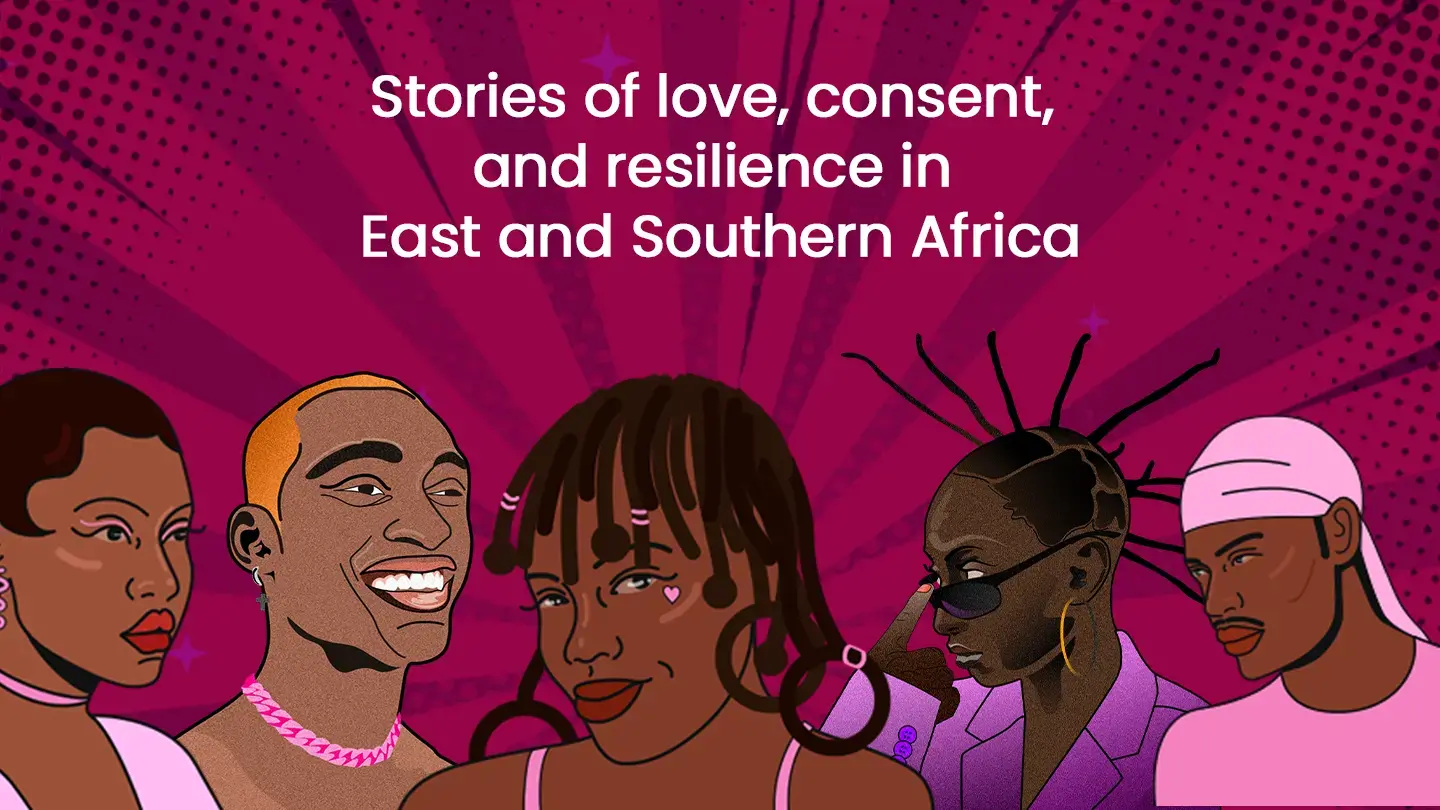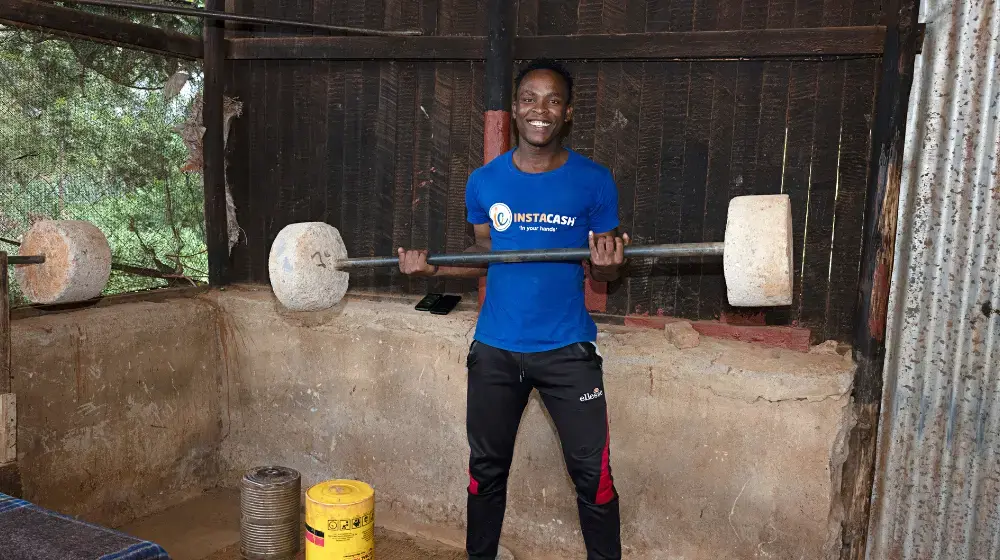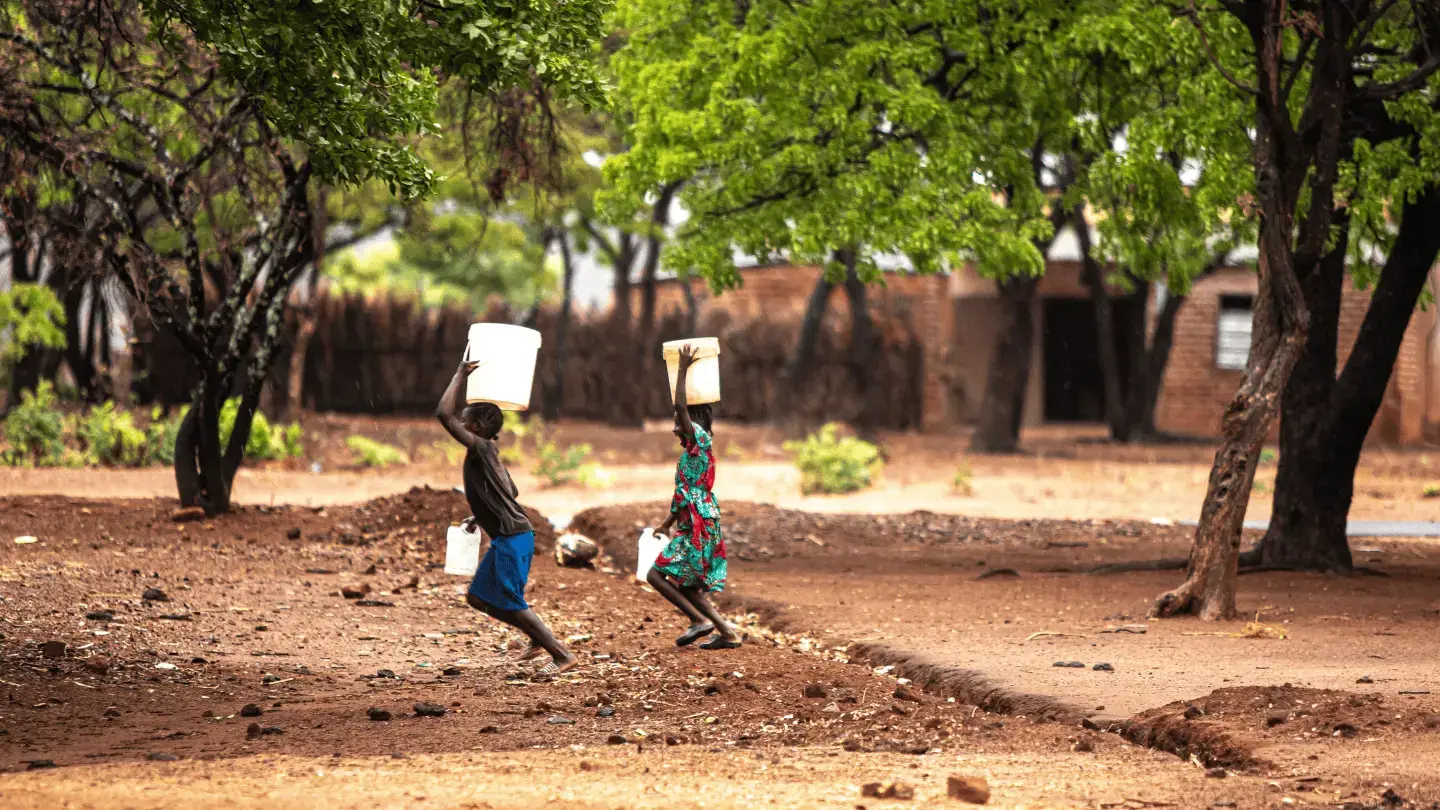We stand on the shoulders of those who have come before us, those who have charted a path or opened up a door for us.
As my tenure as UNFPA East and Southern Africa (ESA) Regional Director draws to a close, I find myself reflecting on this sentiment.
Enabling young people to unleash their full potential is at the core of UNFPA’s mission which, in turn, fuels my life’s work.
This is because providing young people with support and encouragement to realize their dreams and aspirations and to contribute to the development of their communities and countries is an investment that benefits us all.
This was best phrased by African statesman and former UN Secretary-General Kofi Annan: “Any society that does not succeed in tapping into the energy and creativity of its youth will be left behind.”
It’s a truth that has guided how I have broadened our work with and for young people.
I began my role as Regional Director on October 1, 2013 and spent the first few days attending the Africa Regional ICPD at 20 Conference in Addis Ababa. The negotiation of the regional outcome, the Addis Ababa Declaration on Population and Development in Africa beyond 2014, was difficult and although it was adopted, there were reservations from a group of countries. What received a resounding consensus was recognition by all Member States that Africa’s youthful population structure had the potential to drive future growth and economic prosperity – if the right investments were made in youth.
This set the tone for my tenure: I was determined to place a sharp and unrelenting focus on Africa’s young people.
One of my first orders of business, therefore, was to launch the UNFPA regional youth flagship programme, Safeguard Young People (SYP), a US$32 million investment that has supported sexual and reproductive health and rights (SRHR) and youth leadership in the region since November 2013, and which is set to expand over the next five years.
Young people in the region, particularly adolescent girls and young women, face a dire lack of responsive sexual and reproductive health (SRH) services. They are also burdened by child marriage, sexual and gender-based violence, teen pregnancies, HIV and STIs. These factors prevent young people from enjoying their youth, which in turn holds them back from participating in social and economic activities.
I am gratified that by 2020, the SYP programme had reached 4.8 million young people with SRH and HIV services, and more than 6,500 youth had been trained as SRHR advocates. The programme has leveraged digital technology to expand its reach, and has showed its importance during the COVID-19 pandemic. Through the mobisite and app, Tuneme.org, SRHR information and services have been placed directly in the hands of more than 4 million young people.
With unambiguous data on the rising African youth population, and with the transition in 2015 to the inclusive Sustainable Development Agenda, the youth movement has gained further momentum. The rallying cry of young people – “nothing for us without us” – has gained traction and in me, young people in the ESA region have found themselves an ally. I was and remain ready to ensure that young people are prioritized in the region, placed at the centre of all our work, always consulted and included as equal decision-makers.
As we head towards 2030, the impatience of young people is increasingly evident. At the Generation Equality Forum in Paris this month – a global gathering meant to map out blueprints for ending gender inequality by 2030 – young people were loud and clear about what they want. Youth leaders asked for results, accountability and access to resources that would help solve some of the most pressing development issues.
By joining forces across generations, we can be stronger and achieve the milestones needed to lead us to the Africa We Want. It will certainly take the might and determination of the 169 million young people in the ESA region to make the difference. When Africa’s youth are healthy, educated and productive then their leadership, advocacy and action will see us through to 2030 and beyond.
This goal lies within our reach, and we are headed in the right direction.
An increasing number of SRHR movements and organizations are actively including young people in their leadership and governance architectures. Young people are being empowered and enabled to stand up and call for accountability to the commitments that have been made towards sustainable, equitable and green development.
We must remember, though, that the window of opportunity to enable the advancement of our youth is limited. Putting young people at front and centre of sustainable development is both urgent and non-negotiable. Prioritizing and investing in young people is of the utmost importance as it is the only way Africa will prosper.
Let us breathe new life into our work with and for young people. Let us allow them to stand on our shoulders.
And as I transition to a new role, I do so in full confidence that while the shoulders of older generations may get weary, the strength and vitality of young people will lift us all up and move the agenda forward to secure sexual and reproductive health and rights for all.
I salute the young people of Africa and proudly say: Viva young people, viva!





